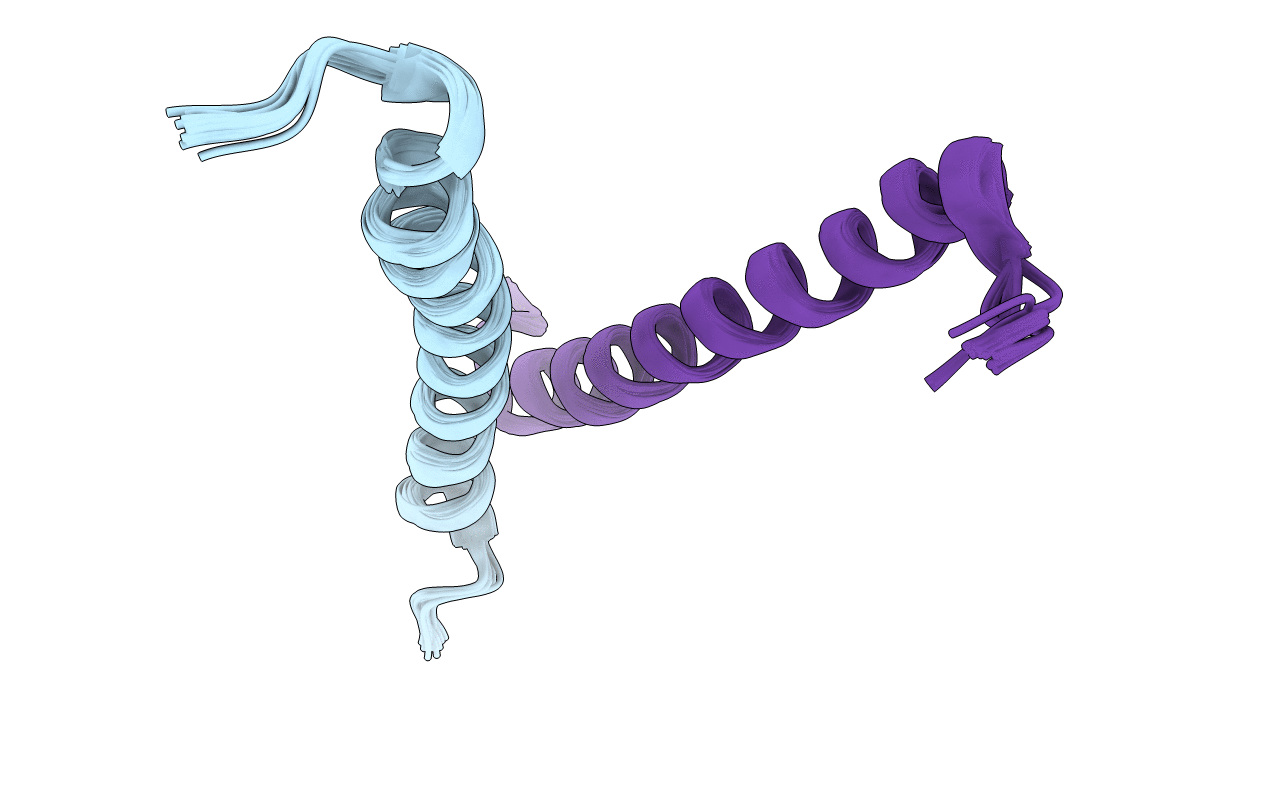
Deposition Date
2008-07-18
Release Date
2009-06-16
Last Version Date
2024-05-08
Entry Detail
PDB ID:
2K6S
Keywords:
Title:
Structure of Rab11-FIP2 C-terminal Coiled-coil Domain
Biological Source:
Source Organism:
Homo sapiens (Taxon ID: 9606)
Host Organism:
Method Details:
Experimental Method:
Conformers Calculated:
30
Conformers Submitted:
30
Selection Criteria:
all calculated structures submitted


